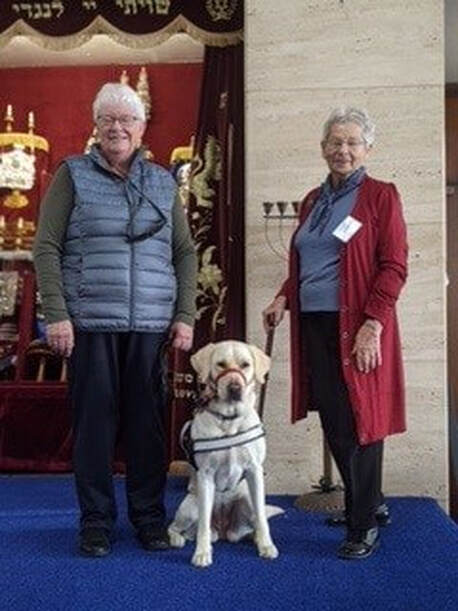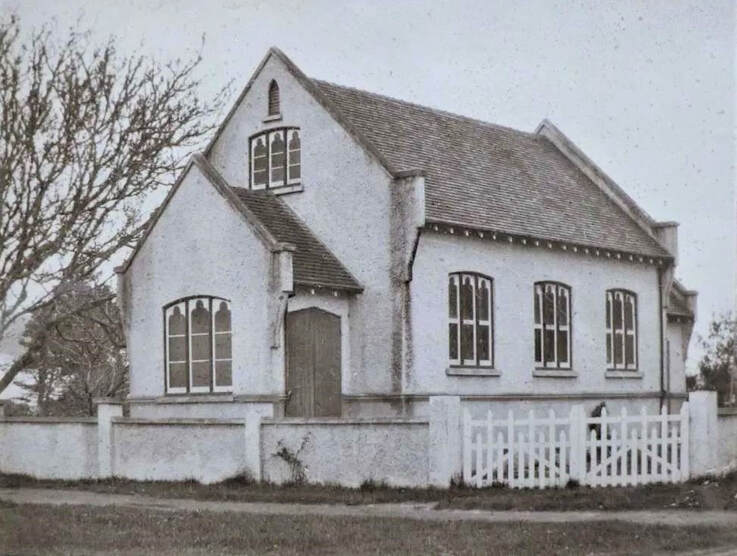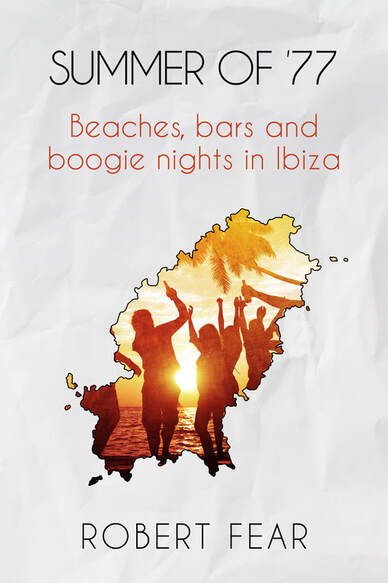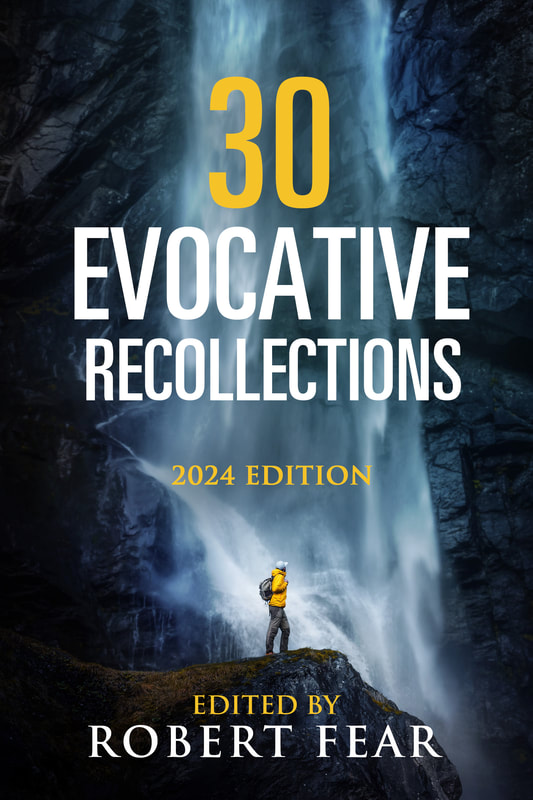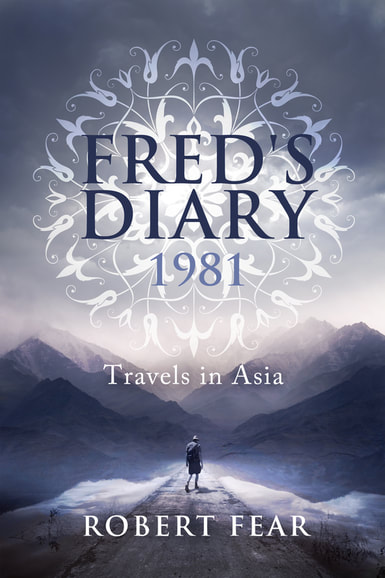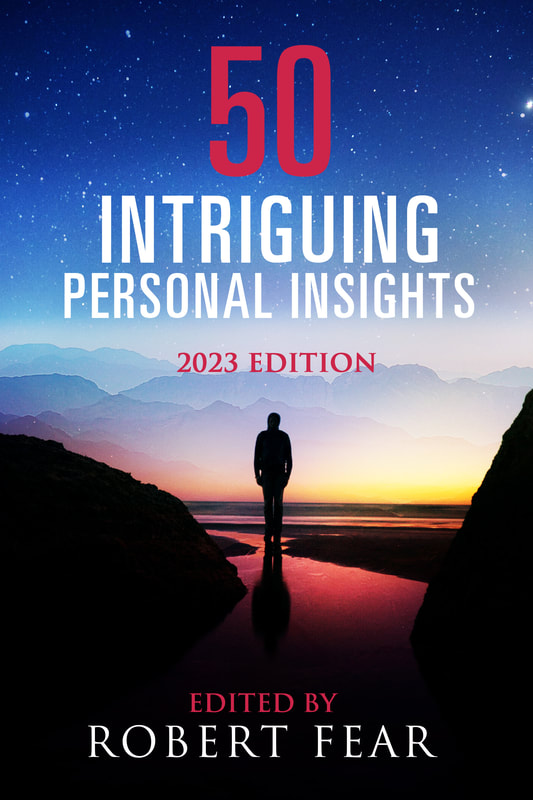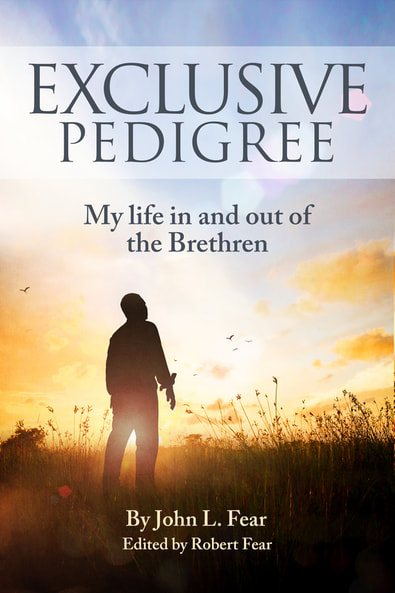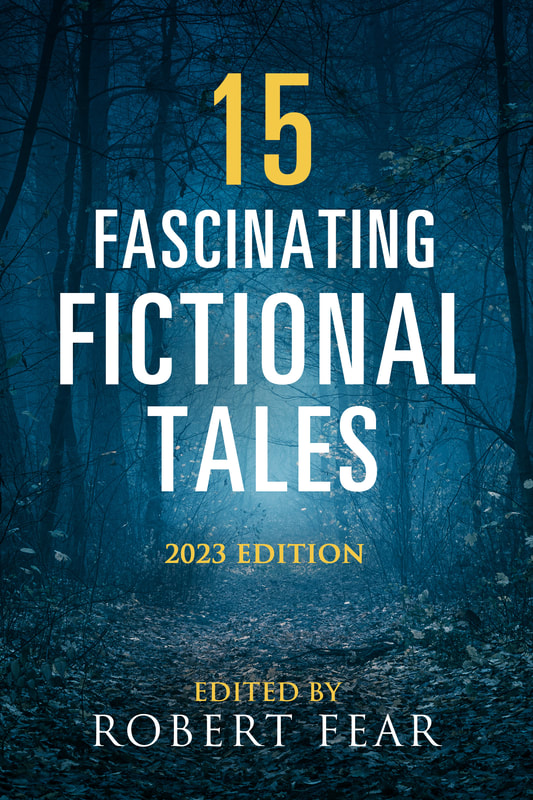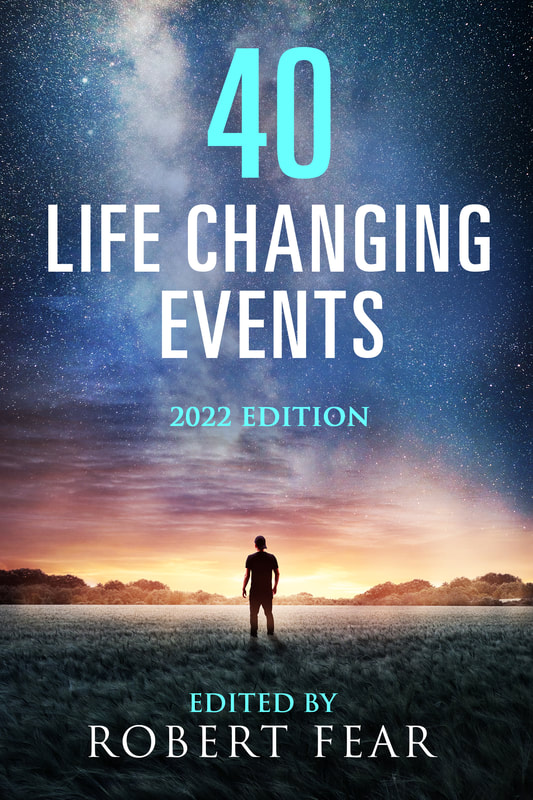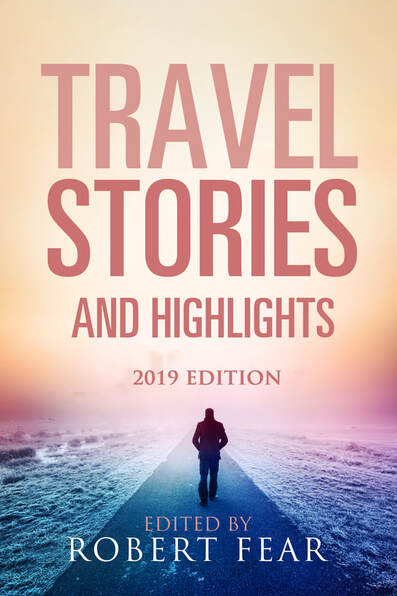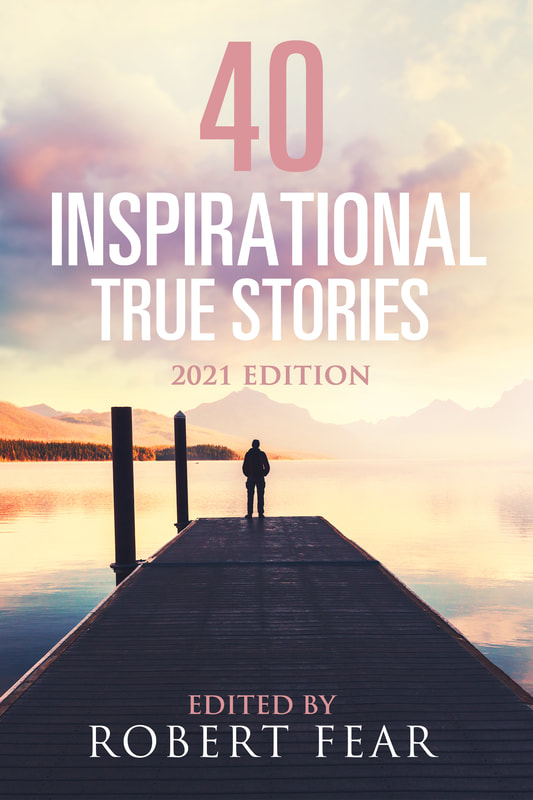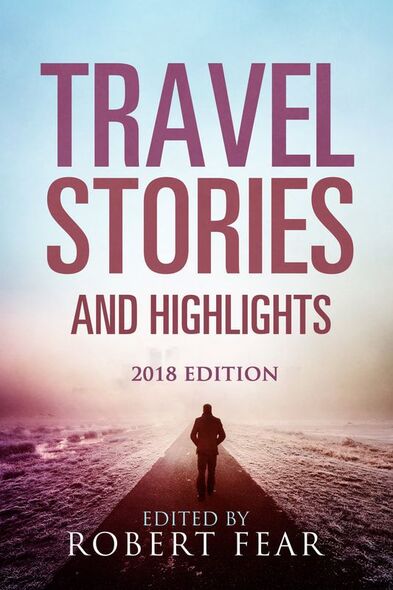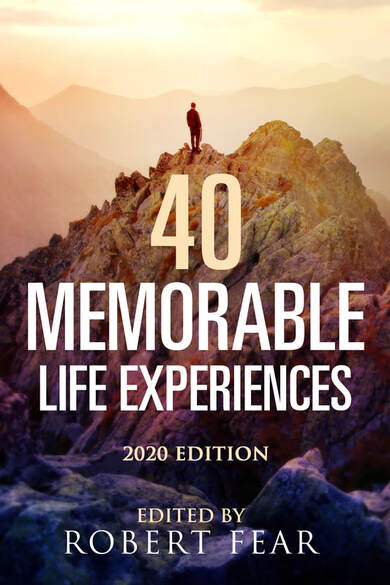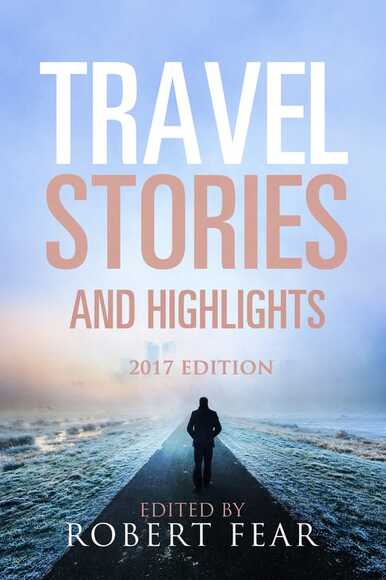My Jewish Experience by Susan Mellsopp
I was brought up in a very strict Presbyterian home. The one condition my birth mother imposed on prospective parents was that her daughter be raised in this denomination. As my adoptive father was Anglican it does seem that the request was not entirely honoured. Apparently he did worship at the Presbyterian Church to placate my mother, although there were churches of both denominations in the small country district they lived in.
Many years later my birth mother told me how strict her upbringing had been and hoped it was not replicated for me. Thankfully religious life did not become quite as over-bearing in my childhood. I was delivered, aged five, to the local Sunday school. Attendees included Presbyterian children but also any child whose parents wished to be free of them for a couple of hours on a Sunday morning. I enjoyed singing all the amazing children’s hymns such as Jesus Bids Us Shine and All Things Bright and Beautiful. The often poorly tuned piano was played by a thin woman wearing fingerless gloves. She had been a missionary in the Solomon Islands and suffered in the damp cold so prevalent in the Waikato.
Whisked home for a quick lunch, we returned at 2pm for the long service in the grey brick church. Admonished on occasion for laughing at stories told by the minister, sitting still for such a long period of time each Sunday was excruciatingly painful. One week, steadfastly refusing to attend church, much to the disgust of my grandmother who lived with us, she decided to punish me. Sitting me at the kitchen table she insisted I learn the words of ‘Onward Christian Soldiers’ off by heart. Obviously it was not a good idea to be obstinate and refuse to attend church. I have never sung this hymn again. Pressing my lips tightly closed and staring ahead if it is included in a funeral service is my stubborn response.
Bible class attendance was the expected norm when I was a teenager. We moved into the city when I turned fifteen and a new church was my expected place of worship. Aged dour farmers filling the old wooden pews when they would prefer an afternoon sleep became a thing of the past as services at the new building were held at 9.30am. Bible class met on Sunday evenings. The senior leader was a kind man with a young family. I attended his funeral two years ago, many memories slid back into my consciousness of the fun we had at his farm and on Bible class camps.
Nearing eighteen and protesting loudly at having to continue to attend both church and Bible class, I constantly voiced the opinion it was boring. Eventually my mother pleaded “please continue to attend until you leave school then you can make up your own mind.”
Early the next year my religious education concluded. Although Mum was disappointed she understood she had done her duty by my birth mother. Shortly before abandoning my church going years, I had undergone the requirement to be confirmed. I still remember the piercing question; what would my mother say if I fell in love with a Roman Catholic? Being broadminded I really couldn’t see the relevance, but the minister persisted with the question. My response astounded him when I insisted it would not matter; was it any different than marrying a Baptist, Methodist or Buddhist? Thankfully these sort of denominational aberrations appear to no longer exist here now.
Three years later I married an Anglican who did not attend church after many years at Anglican boarding schools. Determined our children would not grow up without the umbrella guidance of a faith, I began to attend the small historic wooden church where I had made friends with the vicar’s wife. Despite often feeling unwelcome I continued to attend this church out of a misplaced obligation to my family.
Funerals were my only church visitations for many years until my son committed suicide. As nominal Anglicans we were entitled to have his funeral at the large local church. Meeting the very relaxed vicar was a revelation and he willingly accepted that the family member who gave the eulogy was catholic.
Support for our family was not forthcoming until a local veterinarian and his wife began to visit. They invited us to attend their newly established church. It provided a loving environment and acceptance where I thrived spiritually for the first time in many years. My adherence to this congregation faltered when my husband took offence to members querying his motives. He insisted we attend a very large church in the nearby city, almost an hour’s drive away. Continuing to attend this chapel after our marriage disintegrated, I was mortified to learn a separated then divorced woman was not entirely welcome. Moving to a smaller Baptist church, new friends were divided between the forgiving and those with outdated values. Making the decision to halt all church attendance was caused by my perception many of the staff did not appear to adhere to the Christian values they espoused. Often my poor vision became an excuse to patronise and belittle me.
Working in Anglican schools also meant attending services which were frequently dull. As a divorced woman there was an almost imperceptible undercurrent of rejection. Made an honorary old girl of one school, which really thrilled me, I am now invited to their annual church service. Refusing to take communion or be blessed by the Archbishop can often bring ostracism.
Then Covid 19 descended on the world. Obviously not interested in the despair expressed by many at having to take part in a church service online, quiet days were spent trawling the internet and particularly online videos. I was looking for music, concerts which had gone online, new artists and singers. One memorable day I found a New York cantor singing at a service in his synagogue. His exquisite voice moved me to tears. Starting an unexpected voyage of discovery into a faith I knew little about, I attempted to understand the century’s old traditions and beliefs. Reading Jewish poetry and philosophy was a way to explore and learn. Watching other cantors singing the beautiful 15th century hymn from their liturgy, ‘Adon Olam’ gripped my soul.
Showing a few select friends a clip of the hymn one reacted negatively while another, an avid Anglican, was mesmerised by the beautiful music. A Catholic friend was captivated by their faith. Sharing many of the online videos with her, she once described the New York cantor as the godliest man she had ever seen.
Gathering up some courage I emailed him and explained how his beautiful voice and ancient enduring faith had nurtured my friend and I during our short lockdown. Describing my travels to many upsetting Holocaust and Nazi related sites in Europe, his kind reply wished me well and hoped that we might meet one day.
This connection led me to explore the history of the Jewish population in New Zealand. Unfortunately there was little to discover. Congregations seemed to be small and were situated mostly in Wellington and Auckland. My reading unearthed the refusal of the New Zealand government to allow terrified Jews to emigrate here, despite the pleas of well known New Zealanders, Jews and Protestants alike.
Eventually discovering there was a small Holocaust Centre in Wellington, I was unsure if I really wished to visit. Perhaps ‘one day’ was my decision. Encouraged by my doctor to take a holiday citing my complete isolation from the rest of New Zealand for over fourteen months, I booked a flight to our capital city. Meticulously planning my days, I decided to visit the Holocaust Centre on my late son’s birthday.
Their website stated that photo identification was essential to access the Holocaust centre. As I do not have a driving licence, though I have occasionally been asked to show mine, I packed my passport. Maya has her own passport card which I always carry. The kind taxi driver dropped me at the well locked door and noted the barricades in front of the synagogue. Increased anti-Semitism has unfortunately reached our distant shores with a vengeance. Last year a group of cowardly youths painted swastikas on the synagogue walls. Ringing the bell, and after presenting our papers, Maya and I were allowed to enter the building. Greeted by two lovely women, Irene announced she would be my guide for the morning. Asking about my sight loss, she explained that her curiosity was piqued as she had a son who also has a retinal disorder. Everyone was so excited to see a guide dog visiting yet resisted patting her. I was surprised to see the centre was just one room with all the exhibits and a large library along each wall. There were several rows of chairs in the middle and Irene explained that they were expecting a school visit later in the day. She told me she was a German Jew, her parents had managed to emigrate to New Zealand, leaving Berlin just two weeks before war broke out. She was fascinated that I had visited many sites related to the Holocaust and the destruction of the Jewish population; we shared knowledge hungrily. I explained I was there to learn.
Opening one of several folders of letters she read me those describing the disappointment of local communities to the government response regarding Jewish immigration. It was very difficult to see this in writing. A real yellow star and a repaired smock type of uniform worn by women in the concentration camps were for me the most memorable exhibits. Identification papers stating the holder was ‘Juden’ was something I have no memory of seeing before. Irene explained some of the religious customs in more depth than I had read about in the preceding year, I was both fascinated and extremely sad.
One of the staff who was very taken with Maya eventually asked if she could pat her. “Of course” I said, “you have all been so kind to me.” With some trepidation I enquired if I could see the synagogue. Apparently my request was unusual, and permission had to be sought from someone I decided must be a rabbi. She was very enthusiastic, and along with the director of the centre, Maya and I were escorted into the beautiful synagogue. Carpeted in dark blue they explained that the foliage scattered around was for a recent special celebration. Allowing us on the Bimah, the curtains covering the Torah were opened and I looked with tears welling in my eyes at the beautiful scrolls. It was explained that one in particular was very precious as it had been given to an émigré to bring to New Zealand immediately following the war. I felt so emotional and privileged to be allowed into their special place of worship. It was explained to me that this was an Orthodox community where the women and men sat separately. Many have their own special seats. Unfortunately the congregation has now decreased to such an extent they only have about fifty regular attenders. Many of the local Jewish population have moved to Australia, The United States, Canada and Israel.
Photos were taken of Maya and I, she being the first dog ever allowed in the synagogue. Although feeling awkward and not knowing what questions to ask, absorbing the atmosphere and the peace surrounding these beautiful kind people was so healing.
With great sadness I took my leave of the Jewish Centre and wandered down the narrow nearby streets feeling almost ethereal. Still unravelling my thoughts about the horrors these people had experienced combined with my extensive reading, I was full of admiration for the strength and tenacity of those I had just met. It is so sad that many of our young know little about the Holocaust and concentration camps. When asked a look of bemusement usually crosses their faces. We must teach this in our schools so it never happens again. Religious intolerance must be shattered and swept away. This visit to a small South Pacific building full of sad and horrific memories has changed my life, my thinking, my own religious tolerance, even my reading.
In the synagogue
The church Susan attended as a child
